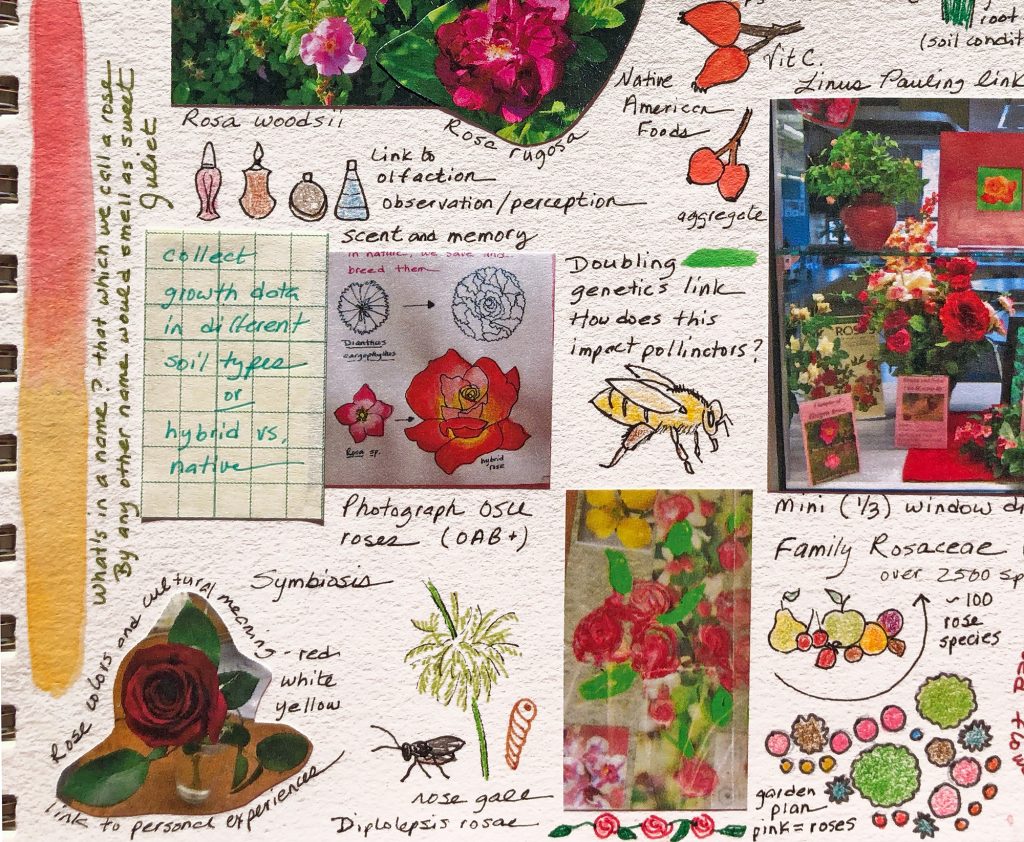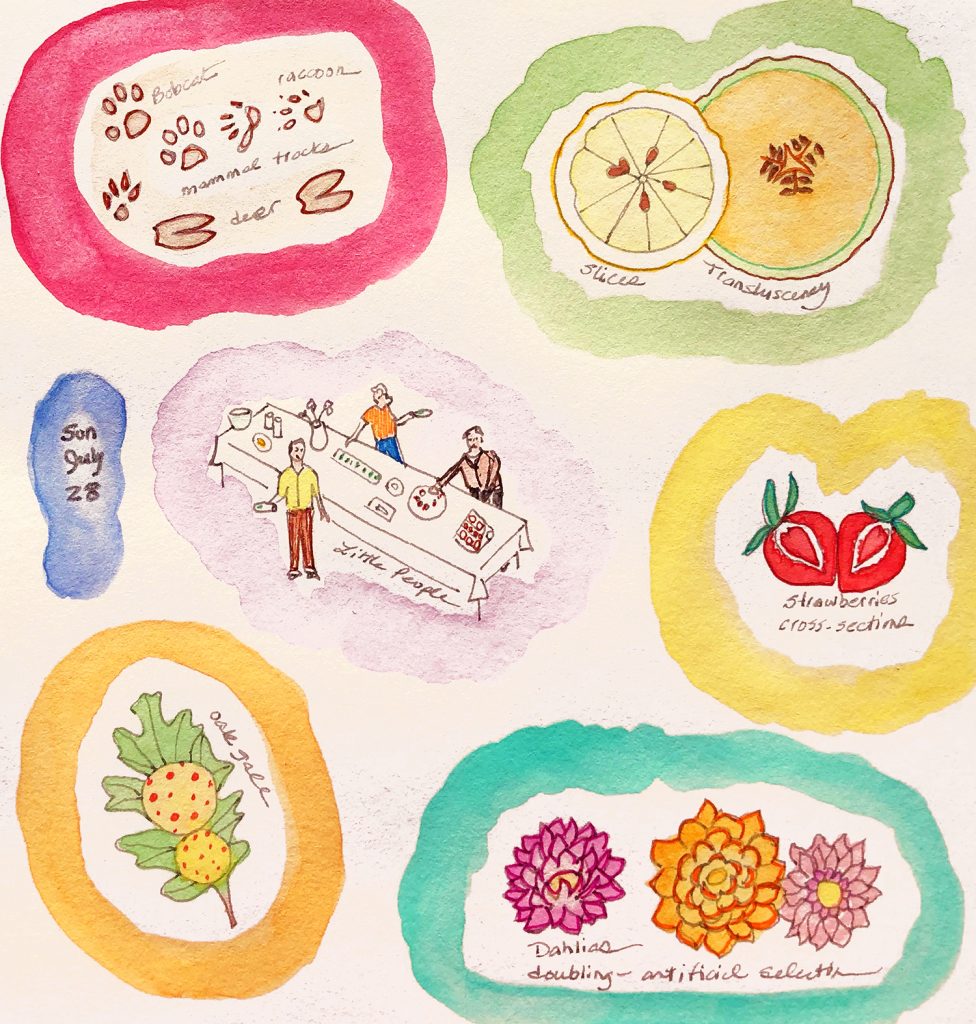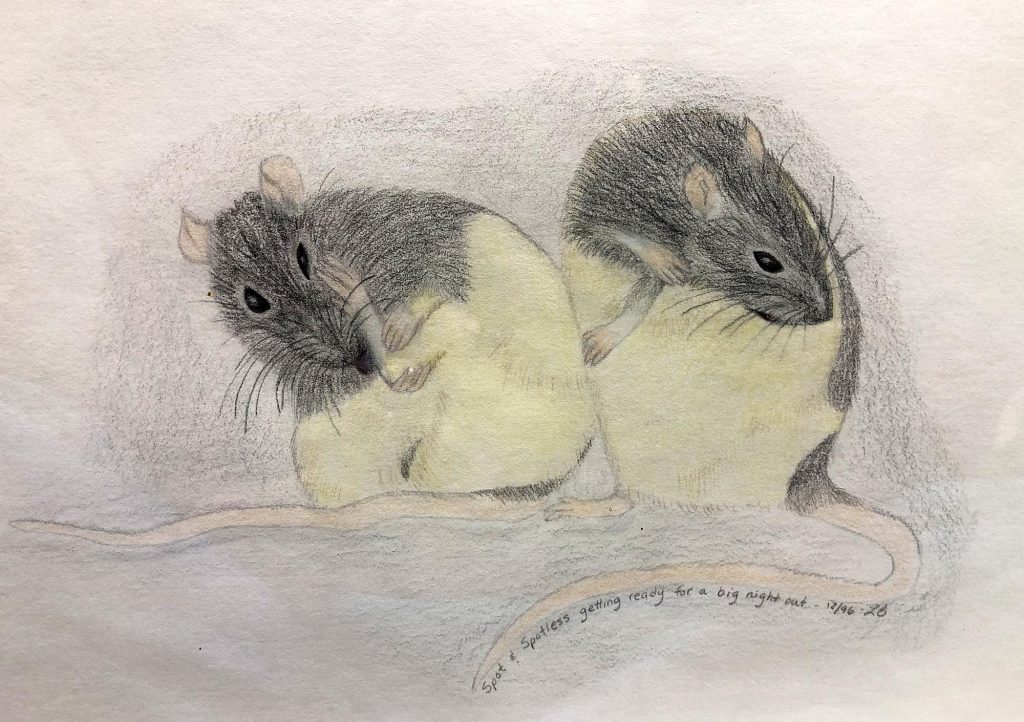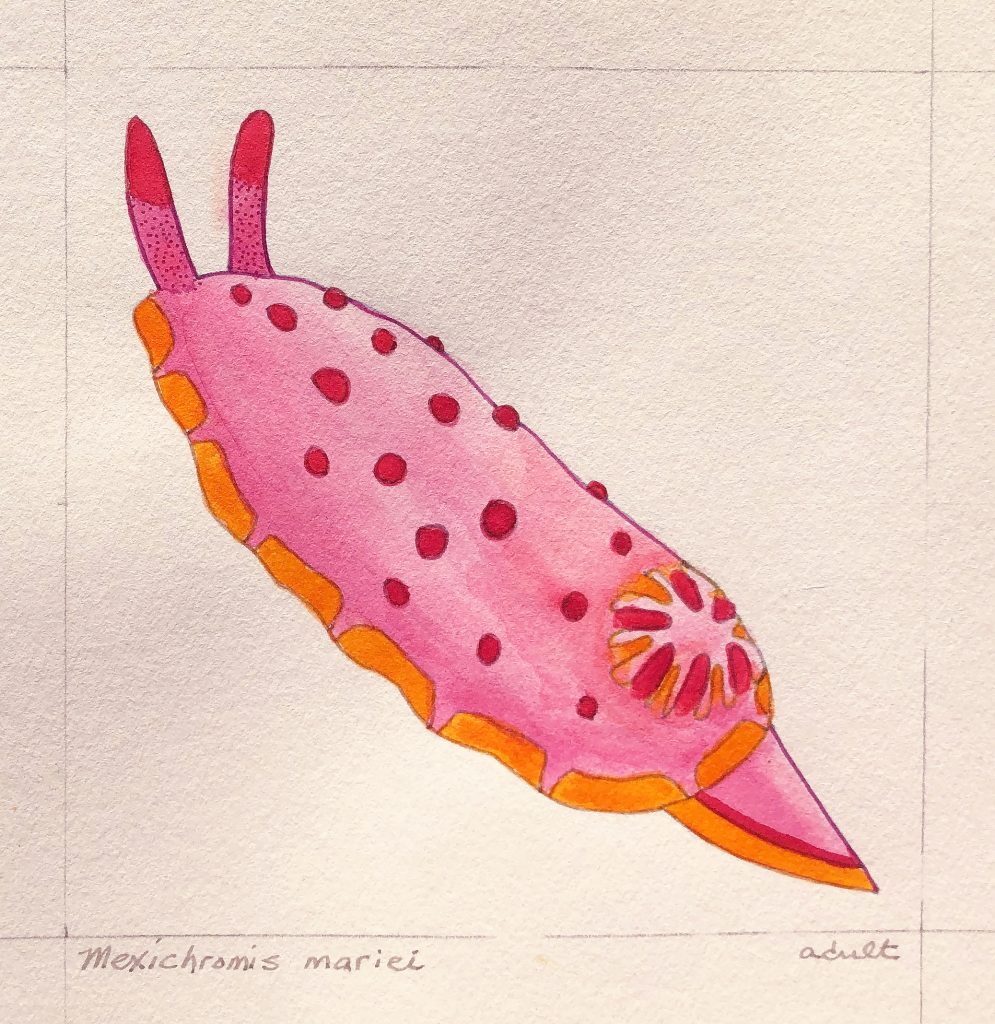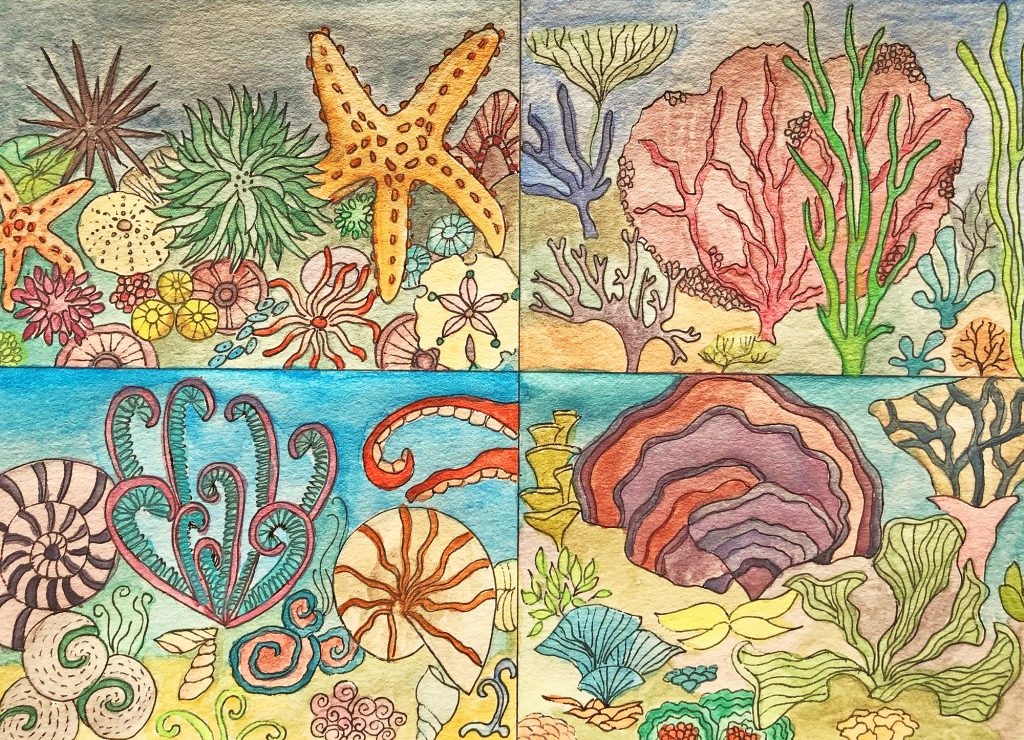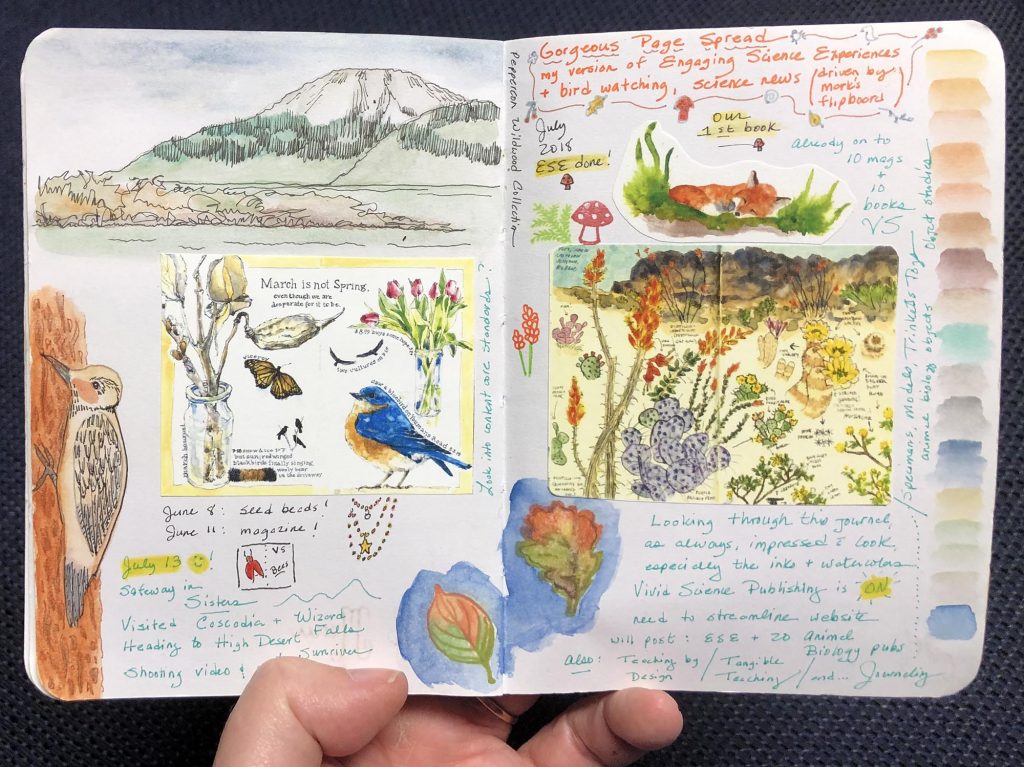
Illustration Focused Study


Illustration Objectives
-
Describe the role of illustration in science and the types of illustrations commonly used to capture and convey information about animals.
-
Outline the basic elements of a drawing and sketch utilizing these elements.
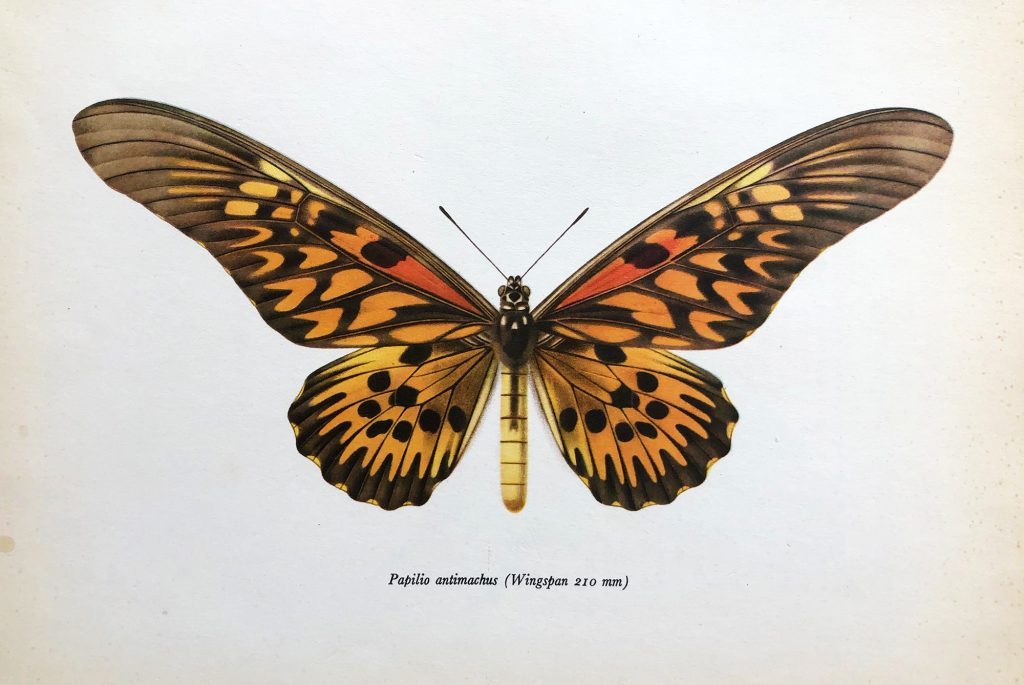
Illustrations communicate details in a controlled, captivating, and idealized manner. The subject may be stylized like this posed butterfly, but the information is clear and often appealing.
With easier and less expensive access to cameras, many assumed that science illustrations would be replaced with photos, but instead they are both used to convey different information.
You are never going to run across these different species all on the same branch, but the illustration makes it possible to compare different shapes, sizes, colors, and patterns. It is also eye-catching and appealing, making it more likely someone will be interested and learn the content.
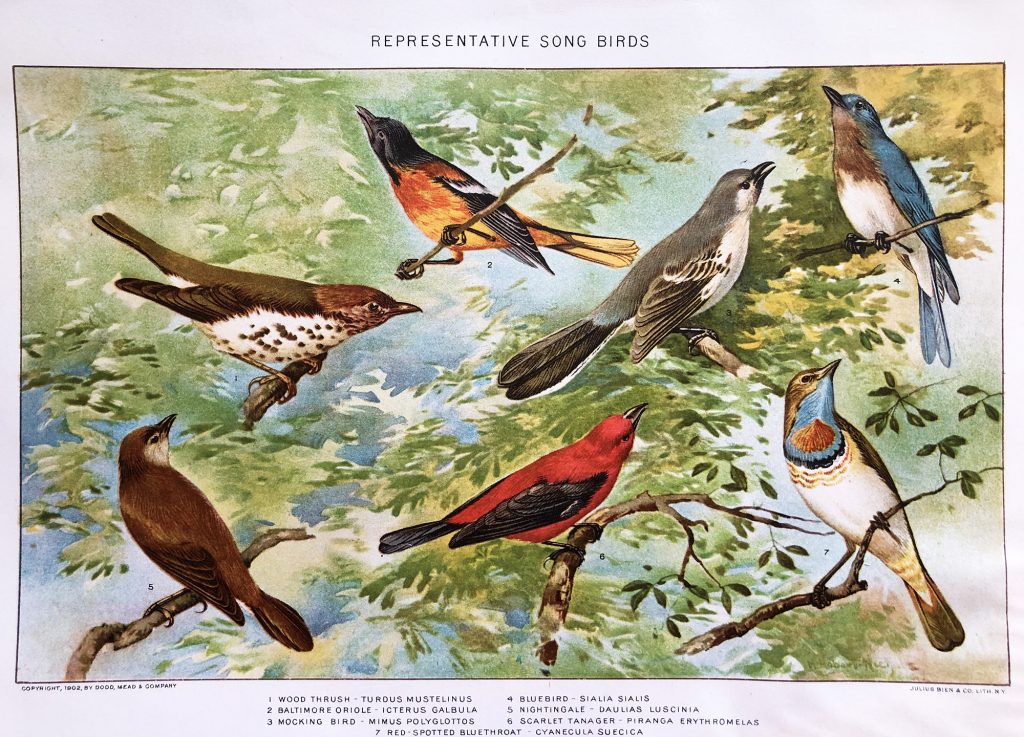
Biology textbooks are full of illustrations that depict organisms, habitats, and processes. Artwork teaches a specific concept by eliminating extraneous details and using attention-grabbing colors.
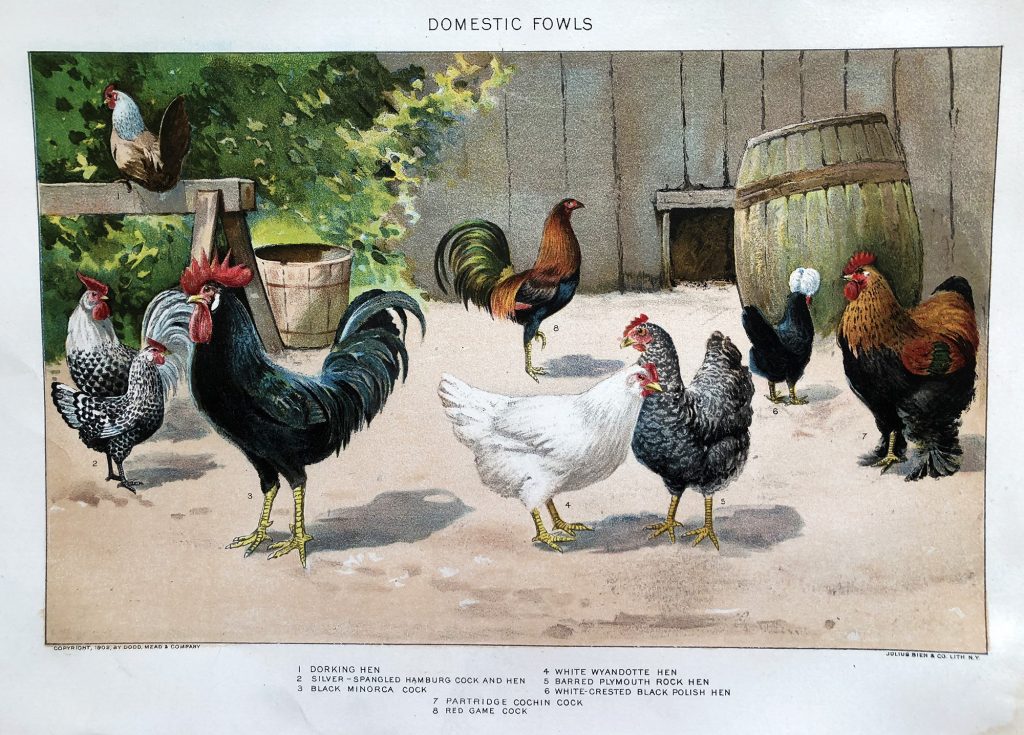
High quality illustrations are more likely to be valued and saved than the quickly dated photographic forms of the 20th century. As a result, older illustrations are a repository of data, like the appearance of older chicken breeds.
This video walks through some of the best known science illustrations.
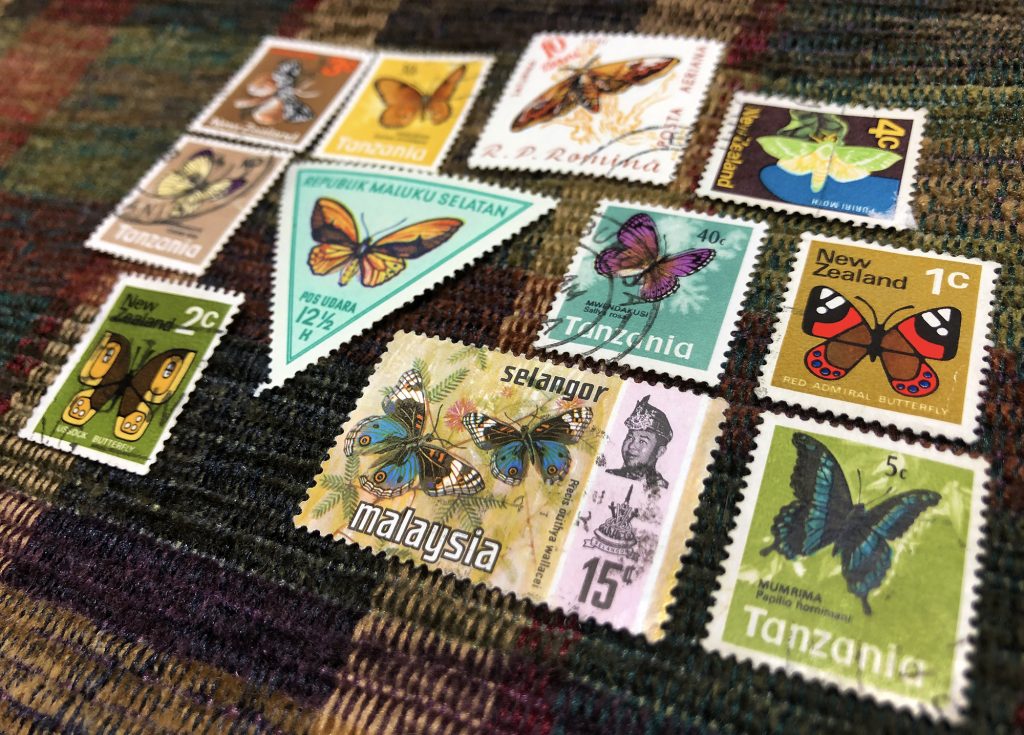
Artwork used for stamps can be highly detailed and an appealing way to collect information about different animal species. Countries often highlight the ecological and cultural significance of their native species.
Many illustrations isolate the subject of interest. Here the relationship between goldfinch birds and thistle plants is highlighted by removal of the background information.
When illustrating a subject, determine what you are trying to accomplish, and alter the world to communicate that message.
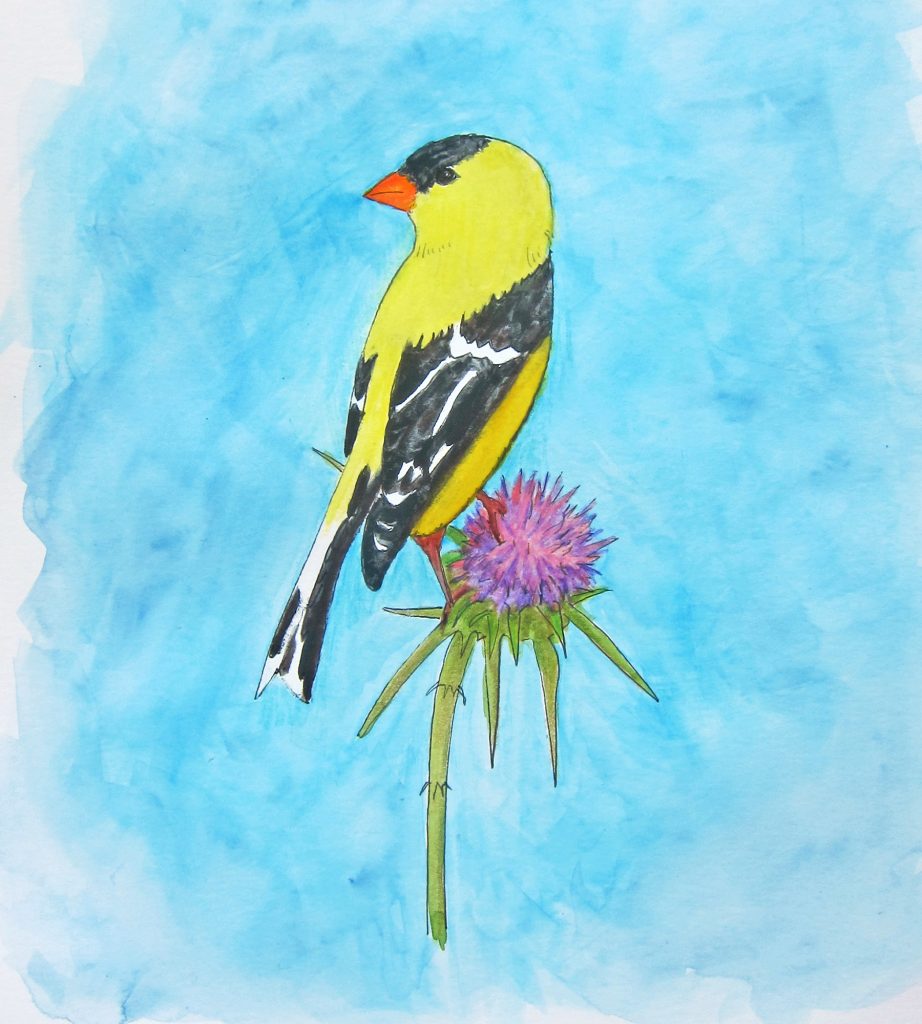
Drawing
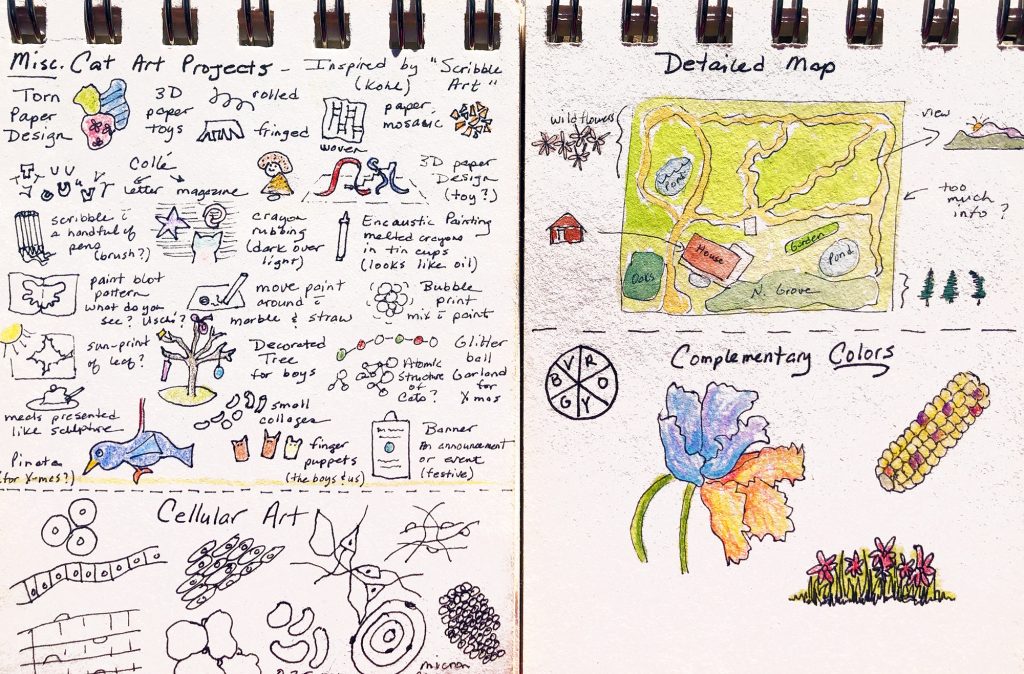
Understanding basic elements of drawing can enhance data collection.
Drawing is making lines; sketching with a pencil, pen, brush, or stylus. Some people exclude paints from drawing (we won’t). Usually when we say we’re going to do a bit of sketching (rough drawing) in class, many people are often concerned that they are not natural artists.
But despite the baggage, not only can drawing be improved with practice, it also can be as unique and interesting as a person’s writing. And taking the time to try to draw something reveals hidden details and unleashes the imagination.
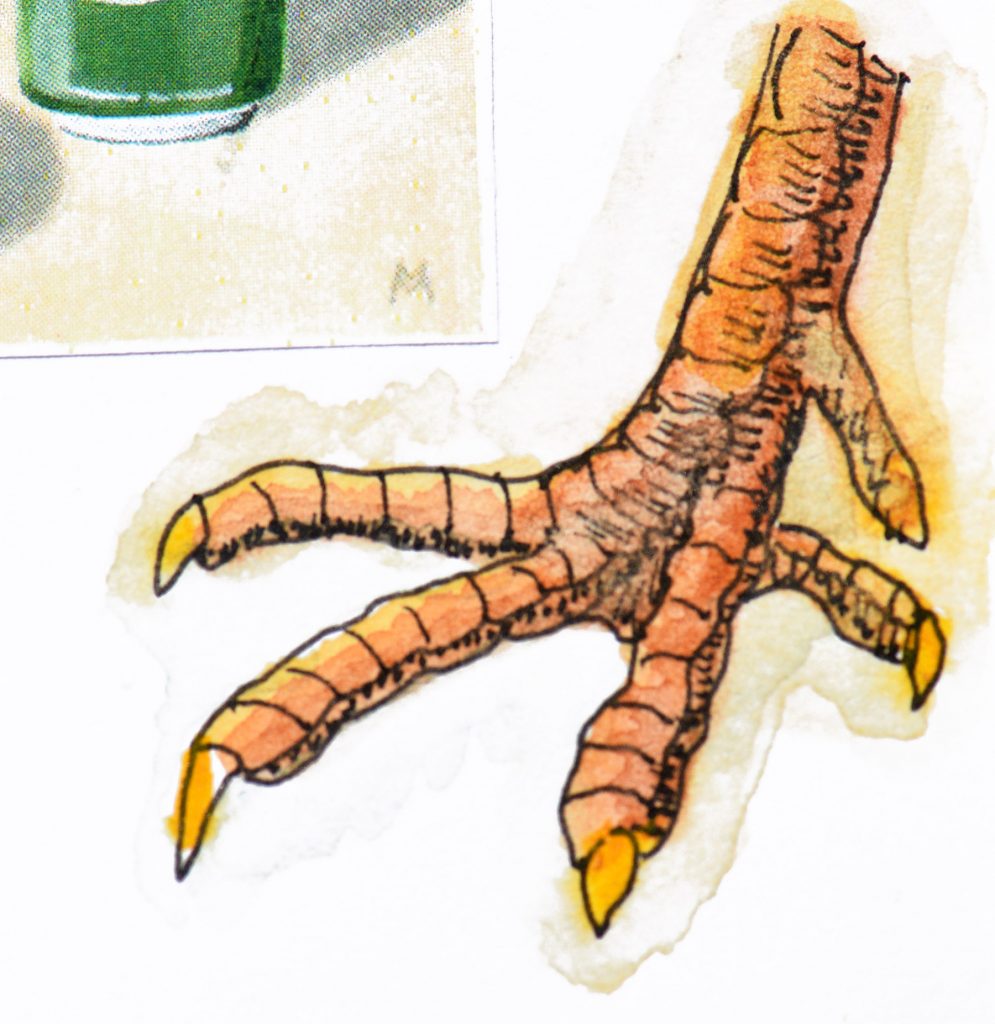
You can go digital with a tablet and stylus, or use a simple combination of pencil and scrap paper. Whatever you choose, by the end of this webpage, you’ll be sketching.
We have six basic drawing “rules.”
You may want to modify these and add your own.
Rule #1: Know your goal
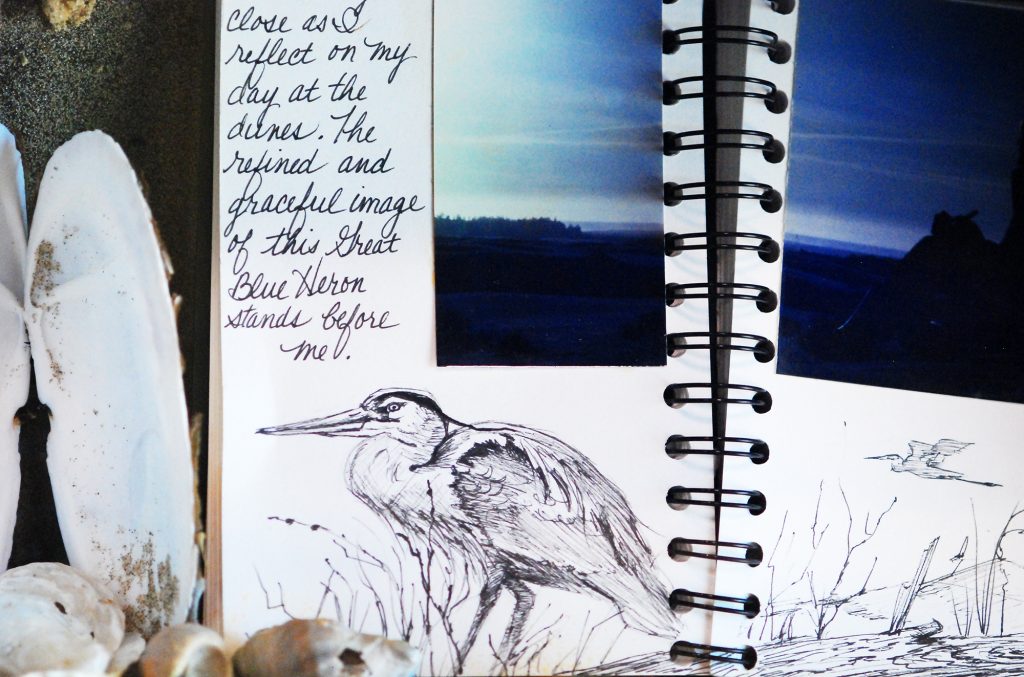
Science illustrators are often trying to communicate something: either a description or an explanation of a phenomenon.
You may communicate about science, but you may also draw as a means of reflection, a mental practice, to complete an assignment, or just for fun. Understanding the goal enables you to set parameters like time needed, resources required, and an indicator of when you have successfully finished your piece.
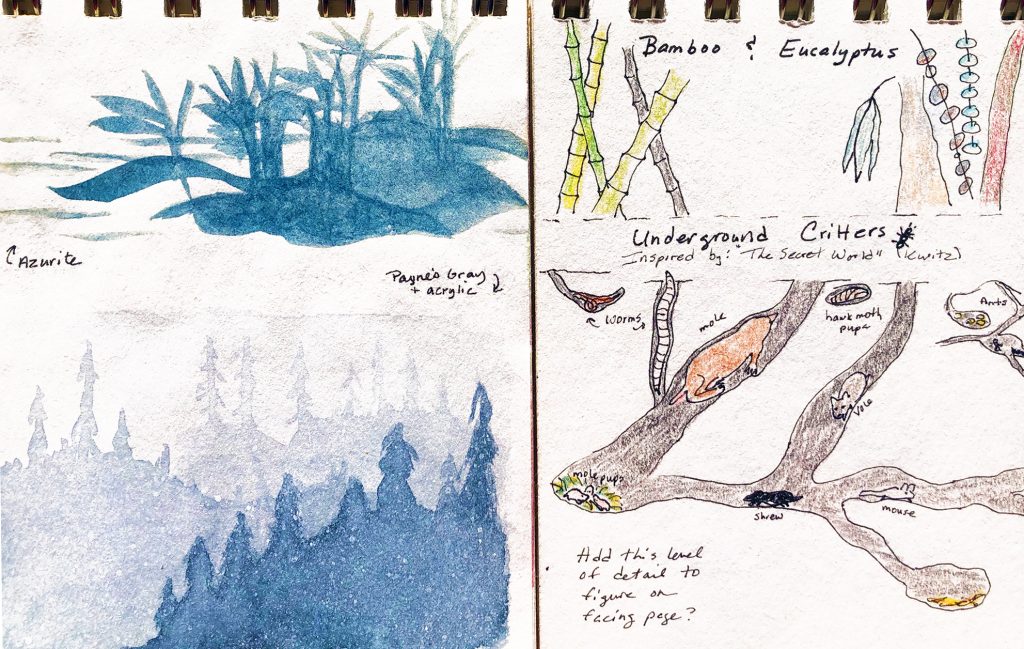
Rule #2: Incorporate design principles
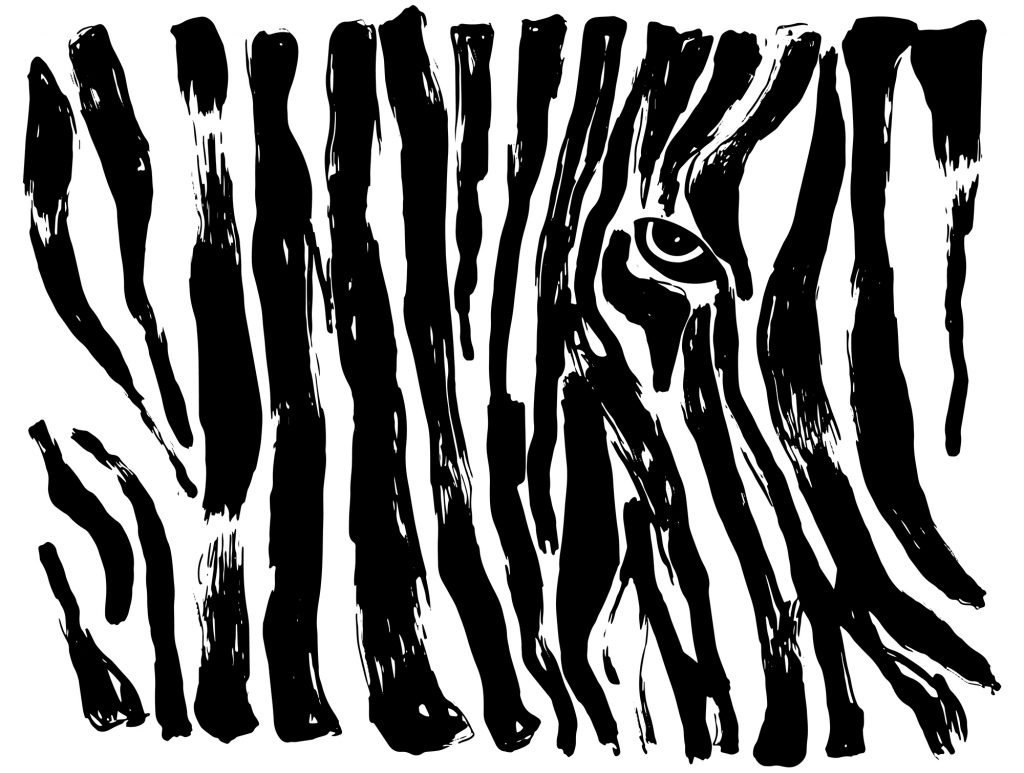
Design in its most basic form is making choices to successfully complete a project. Graphic design principles are based on how humans perceive visual information. If you see two things, you assume they are closely related (proximity); if something is bright against a dark surface, you will stare at that light object (contrast).
Incorporate basic design principles into your drawings to increase the information they communicate and to minimize confusion.
Design Principles
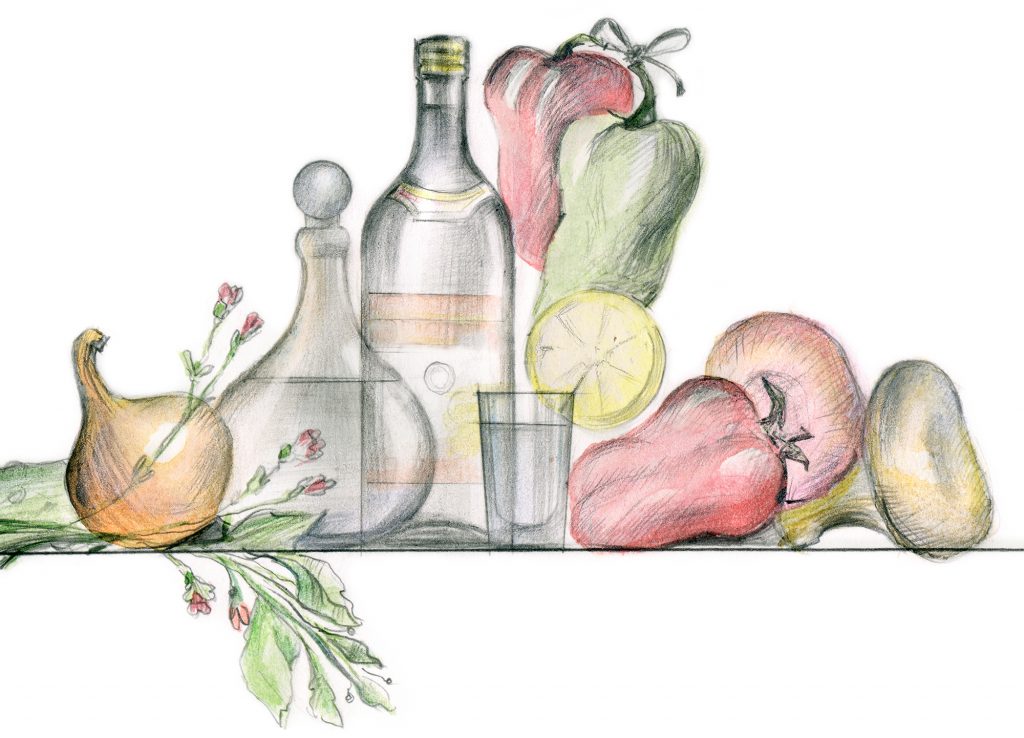
Balance
When you place elements in your design, the distribution of their visual weight is balance.
Consider balance as a way to represent stability/instability and structure/chaos.

Proximity
Visual connection between elements is their proximity. Imply relationships between objects by altering proximity. Draw the eye by placing elements close together.
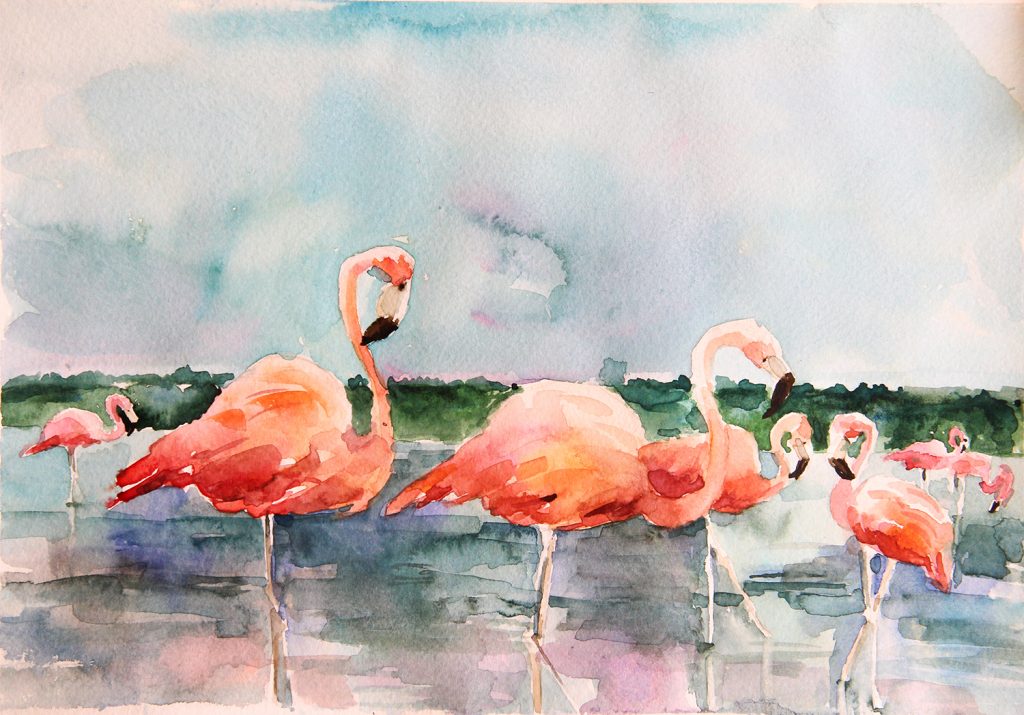
Alignment
Lining up elements suggests order and organization. Align elements to build connections and relatedness.
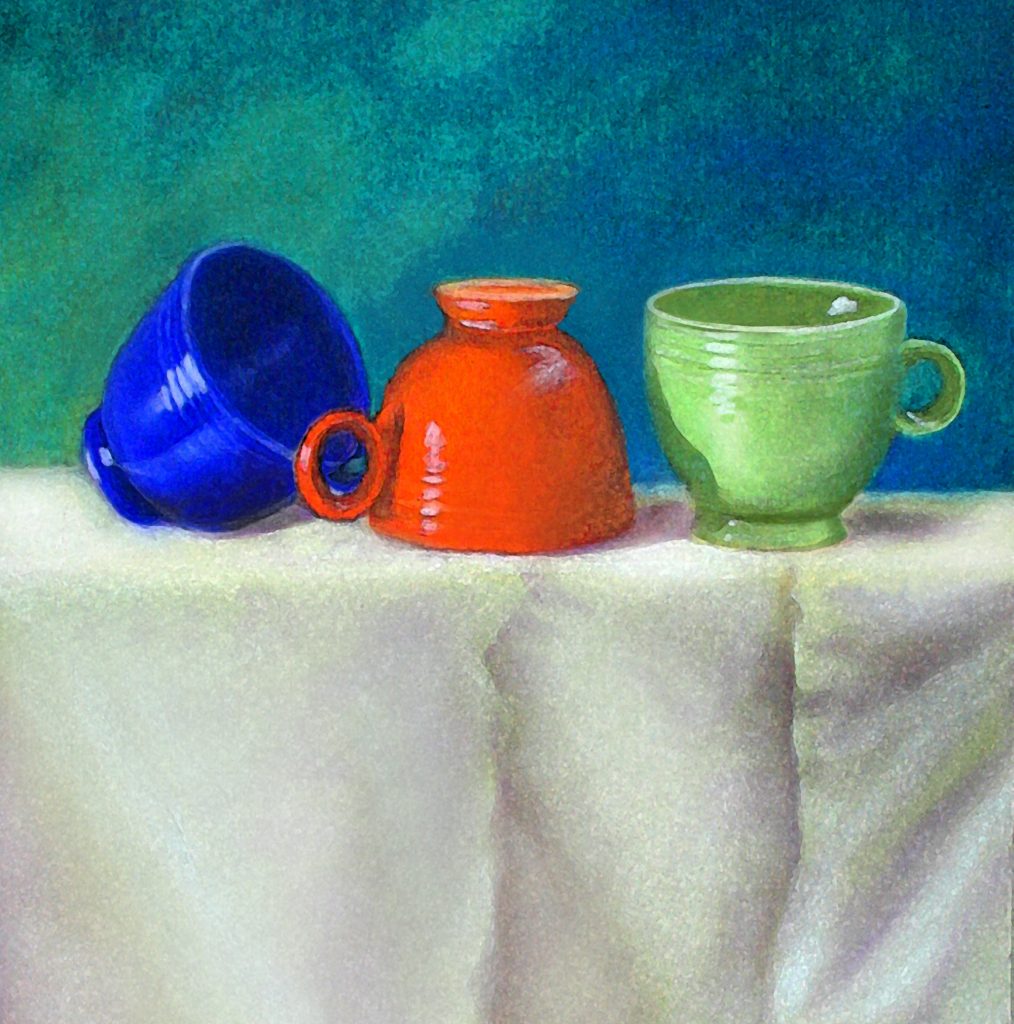
Repetition
Repeated elements create a feeling of consistency and close relationship. Organized repetitive elements can create rhythm and movement.
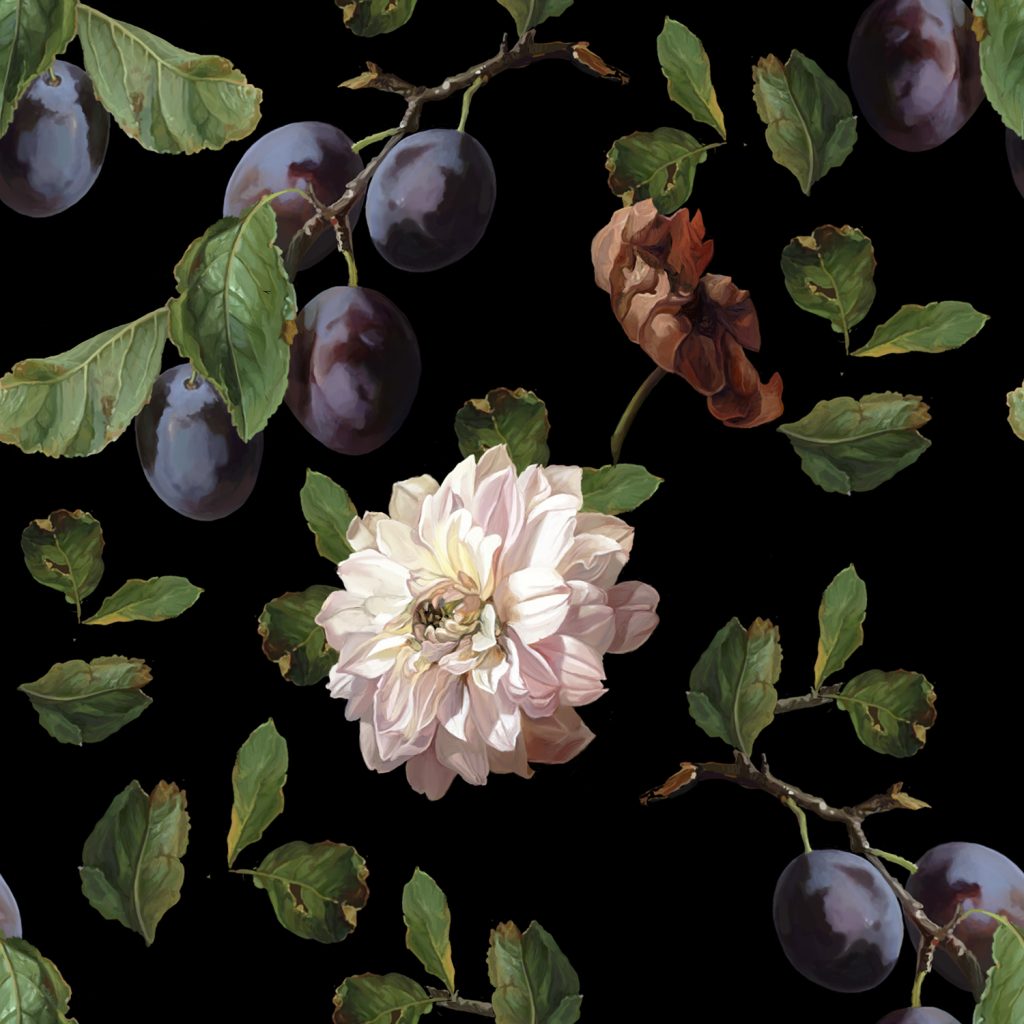
Contrast
Light vs, dark; horizontal vs, vertical: contrasting elements stand out.

Space
Space is the area all around or within an element. Positive space is the main focus of a drawing and negative space is the background.
Rule #3: Give yourself prompts
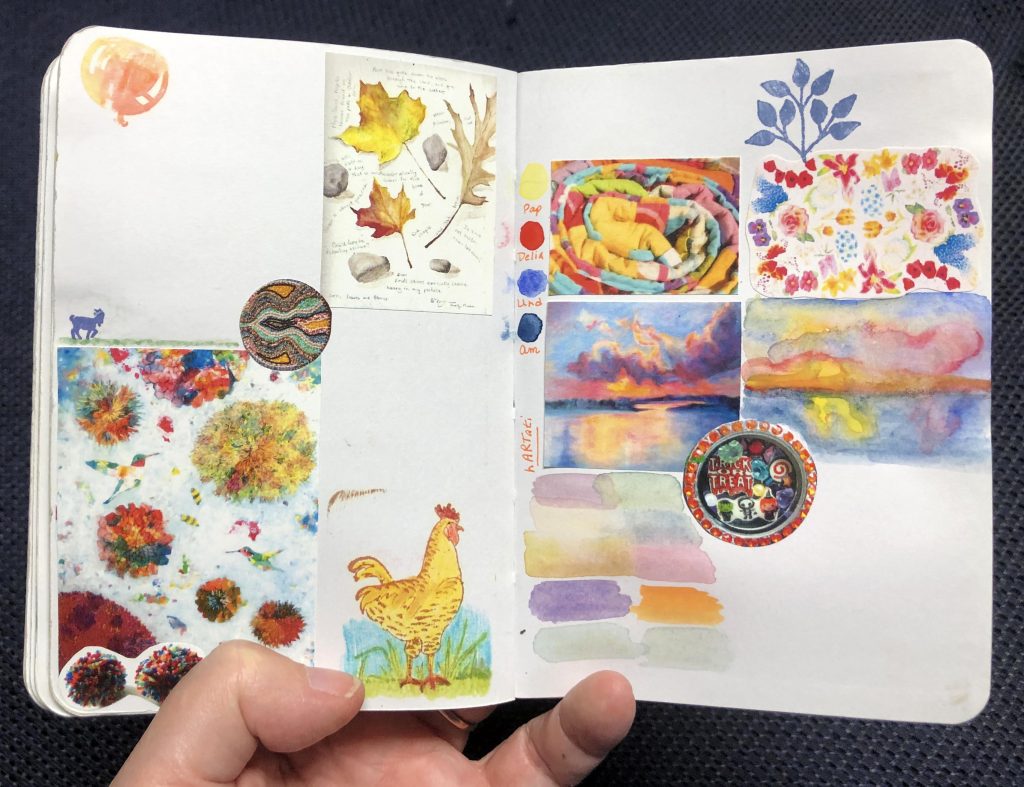
A white page or screen can be difficult to work with. An idea or starting place leads to faster goal-driven work.
These journal pages are started with glued-in clippings, sayings, sketches, and project ideas, as a source of inspiration. The spaces left are small for quick sketches.
If you are inspired by an artist, use their work as a prompt for what you are working towards.
This journal cover is a reproduction of Louis Renard (1678-1746). Although the animals are not always accurately drawn, his work inspired generations of naturalists to find and illustrate new species.
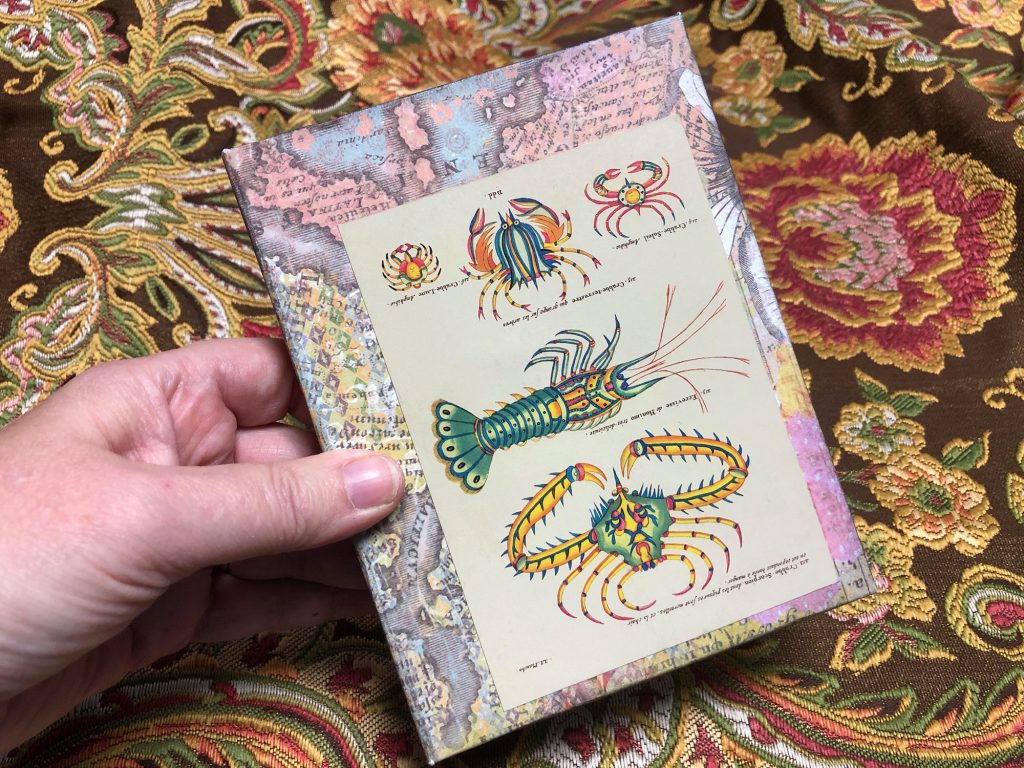
Rule #4: Draw what you like
You are simply more likely to practice and enjoy drawing if the subject is something you like looking at and spending time with. Start by exploring, describing, and explaining something you are interested in.
Rule #5: Keep your work
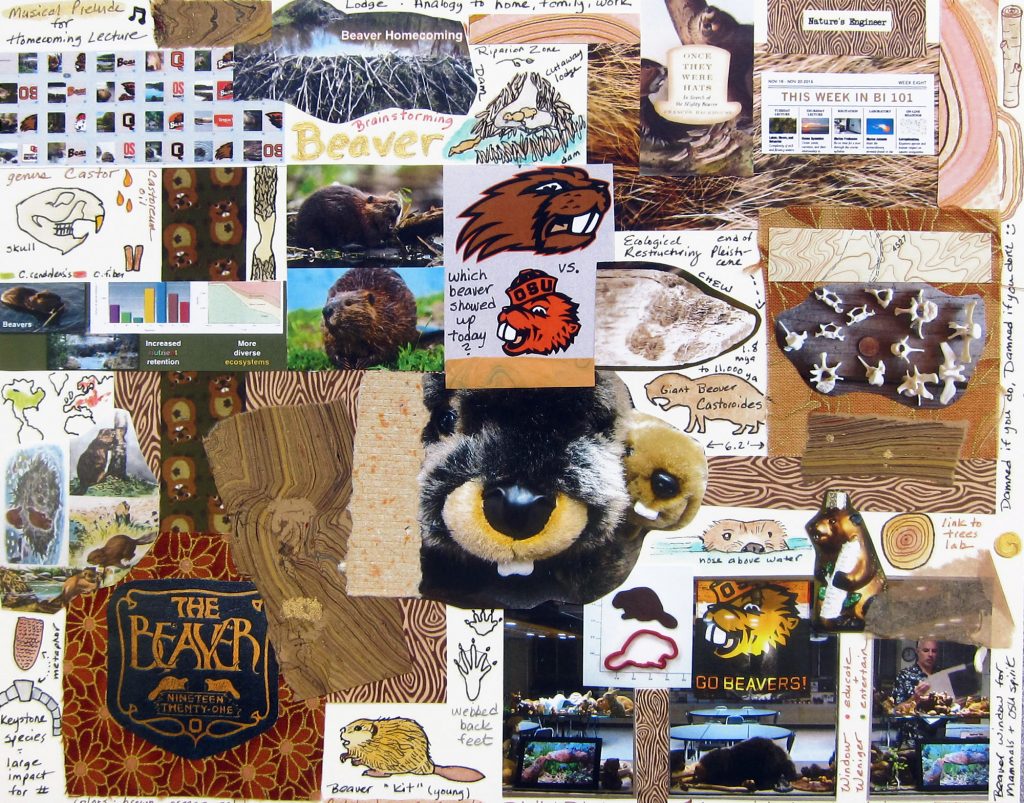
People often start drawing by erasing or throwing away most of what they make. These are your own ideas and inspiration, whether it’s the back of a napkin or a sketch on a surface, there is value in your unique products.
This collage was made of scraps that were potential throw-aways. When collected and glued together with a bit of paint and writing, the final piece inspired a beaver activity.
If you work digitally, the options are endless with illustration programs. Plus you can always print pieces if you like. Science illustrators often go back and forth through different forms of media. The key is to not lose your work.

The best way to keep pieces for future use is to have somewhere to put them. Here is an idea:
Rule #6: Just try it
Are you at all intimidated by drawing? Grab your pencils and scratch paper, we’re going for it!
Sketch along and pause when you like.
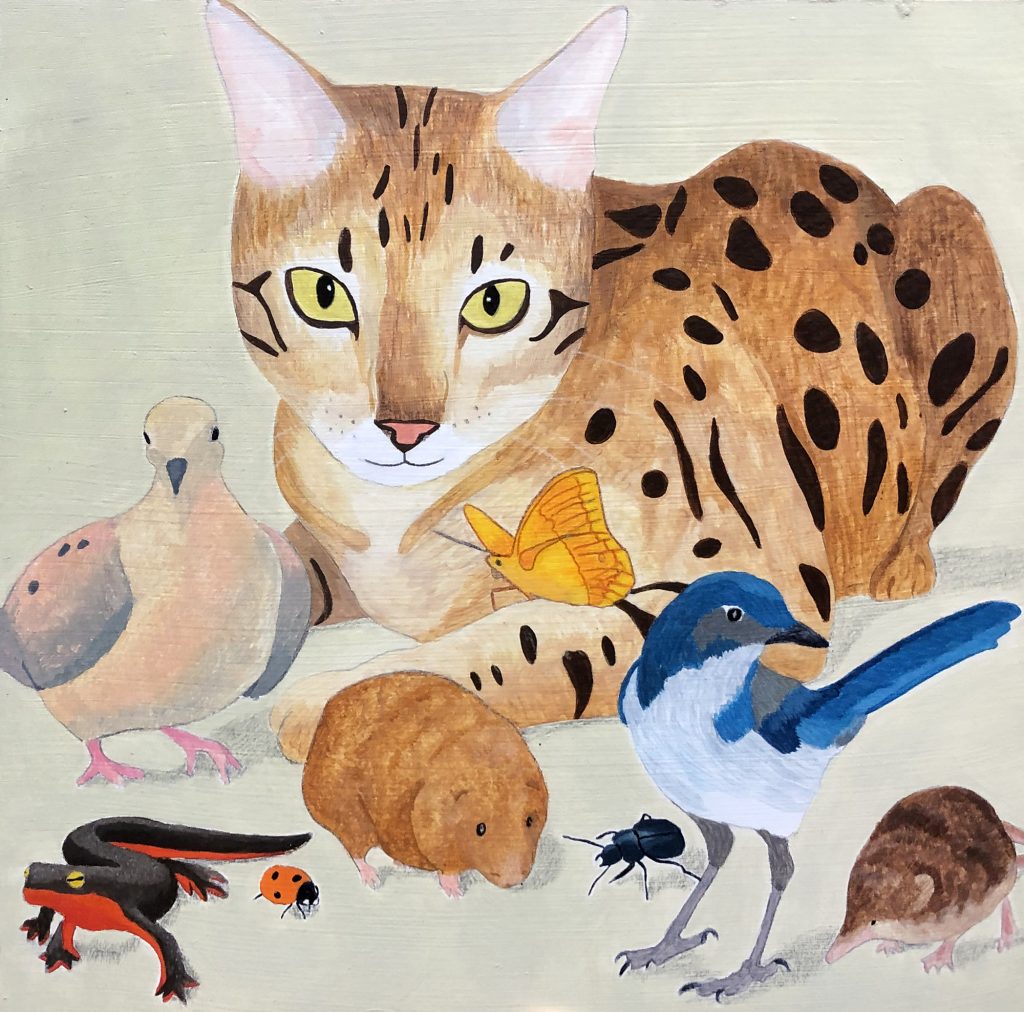
Not happy with what you drew? Try it again. You may learn more about organisms and their habitats in the process.
Now Lesley is drawing beetles on everything.
To summarize, the six basic drawing steps we recommend are:
Know your goal
Incorporate design principles
Give yourself prompts
Draw what you like
Keep your work
Just try it
Start this Guide’s Media Assignment here
Organism Drawing
Draw an organism, or part of an organism. It does not need to be an animal, it can be a plant, fungus, a food item that is from an organism (like a lettuce leaf or chicken leg), or a preserved part of an organism like fur or bones. The key is to try to draw a three-dimensional organism (or part of one) instead of from a photo or video. This adds a degree of difficulty, but also the chance to move around the organism that you are drawing and learn more about its structure.
-
You can draw digitally (for example a tablet and stylus) or on paper with a pen, pencil, and/or brush.
-
Draw something that fits one of the nine outcomes you are populating for the final portfolio. This could be a skill outcome (demonstrating your ability to draw), a concept outcome (illustrating a particular concept), or a connection outcome (science/biology/animals in the real world).

Upload to Canvas:
-
your drawing.
-
a description in the comments box indicating which outcome the drawing matches. You can use this comment along with the drawing in your final portfolio.
Next we will meet the group of animals that many people study close to their home; the birds.

Check your knowledge. Can you:
-
describe the role of illustration in science and the types of illustrations commonly used to capture and convey information about animals?
-
outline the basic elements of a drawing and sketch utilizing these elements?
